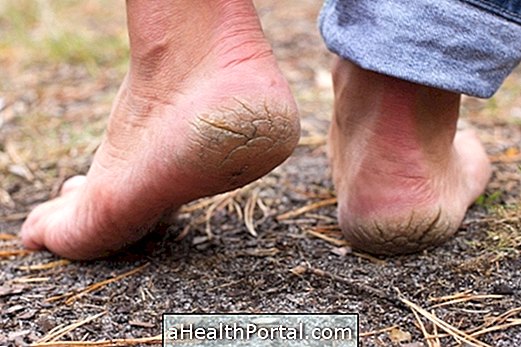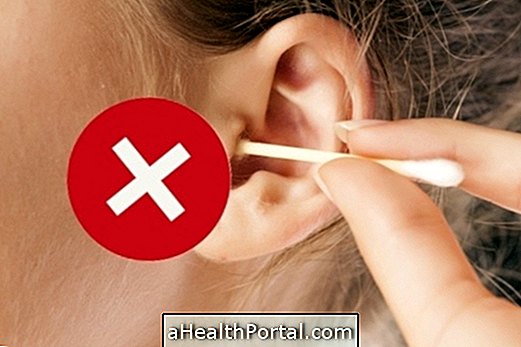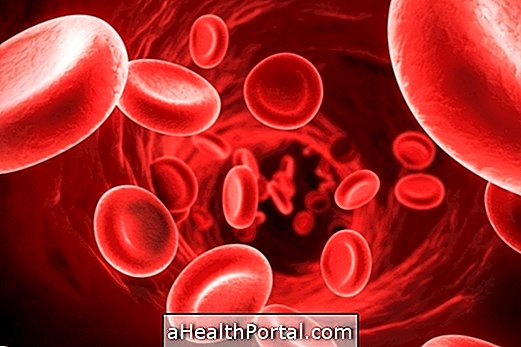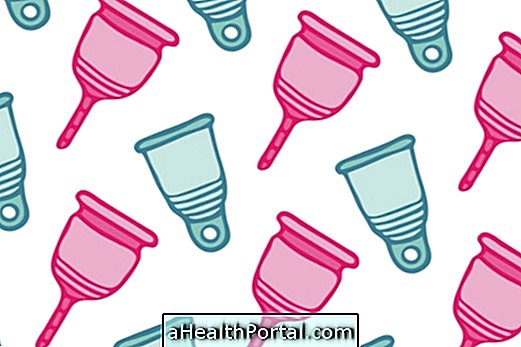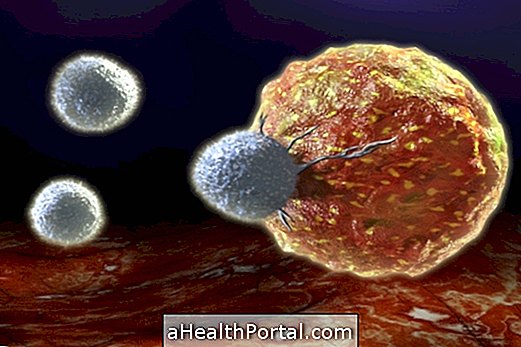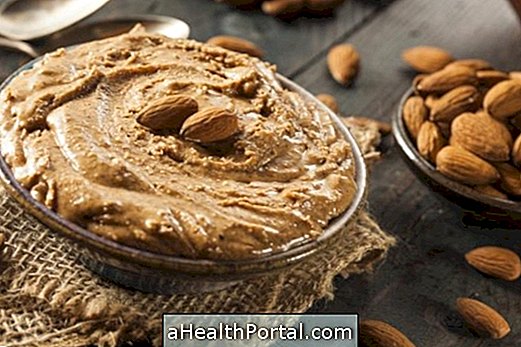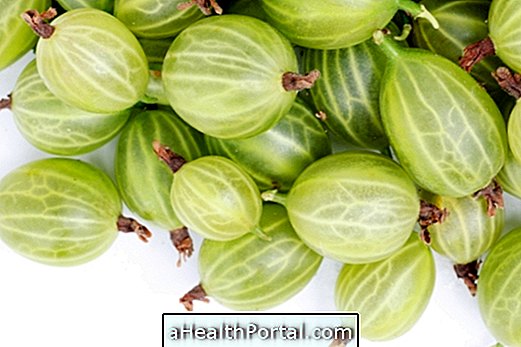The keloid is a scar that is more prominent than normal, which is irregularly shaped, reddish or dark in color, and which gradually increases in size due to a change in scarring, which causes an exaggerated production of collagen.
To normalize healing and prevent the appearance of keloid, there are some ointments that can be used in the region and decrease their appearance.
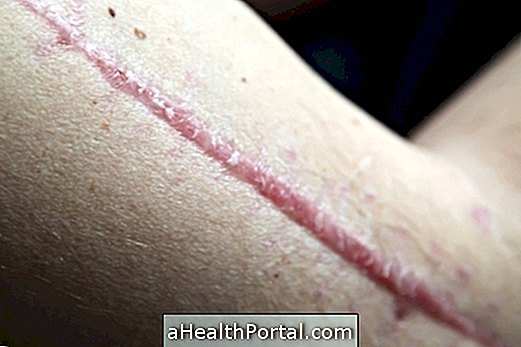
1. Contractubex
Contractubex gel is indicated for the treatment of scars, because it improves healing and prevents the appearance of hypertrophic scars, which are scars of increased size, and keloids due to their composition, rich in Cepalin, allantoin and heparin.
Cepalin acts as an anti-inflammatory, antibacterial and antiallergic, which are properties that stimulate the repair of the skin and prevent the formation of abnormal scars. Heparin has anti-inflammatory, anti-allergic and antiproliferative properties and promotes hydration of the hardened tissue, causing a relaxation of the scars.
Allantoin has healing, keratolytic, moisturizing, anti-irritating and helps in the formation of skin tissue. In addition, it also has a softening effect, which reduces the itching often associated with the formation of scars.
How to use:
This gel should be applied on the spot 2 times a day or as directed by the doctor with moderate massage on the skin until the gel is completely absorbed. In case of an old or hardened scar, the product can be applied using a protective gauze overnight.
Depending on the size of the scar, treatment may need to be continued for several weeks. In the case of a recent scar, any skin irritation, such as extreme cold, ultraviolet light or strong massages should be avoided and the use of the product should be initiated 7 to 10 days after the removal of the surgical points or as directed by the physician .
2. Kelo-cote
Kelo-cote is a gel used to treat the keloid scar and relieve itching and associated discomfort.
This gel dries quickly to form a flexible, waterproof, gas permeable sheet creating a protective barrier against chemicals, physical agents or microorganisms at the scar site. In addition, it also aids in hydration, creating an environment that allows the scar to mature with standard cycles of collagen synthesis and improves the appearance of the scar.
There is a product, very similar to Kelo-cote, called Skimatix, which also forms a leaf on the skin and should be used in the same way.
How to use:
Before using, the person should make sure that the affected area is clean and dry. The gel should be applied in a very thin layer, 2 times a day, so that the product can be in contact with the skin 24 hours a day.
It is important to allow the product to dry before wearing clothes or coming into contact with objects or other products. After that, it can be covered with pressure garments, sunscreen or cosmetics.
3. Cicatricure gel
Cicatricure Healing Gel can also be used to combat scars. This product has natural ingredients such as walnut leaf, aloe vera, camomile, marine shell thyme, onion extract and bergamot oil, which are substances that promote a gradual improvement in the appearance of scars.
How to use:
This product should be applied generously to the skin about 3 times a day for a period of 3 to 6 months. Application on recent scars should only be done under medical recommendation. In addition to scars, the continued use of Cicatricure Gel also reduces stretch marks. Apply generously with a light massage.
4. C-Kaderm
C-Kaderm is a gel that has in its composition rosehip, vitamin E and silicone and is indicated in the prevention and treatment of hypertrophic and keloid scars. This product helps relieve the itching and improves the scar tone.
How to use:
Before using the product, the area should be cleaned with mild soap and water and then dried thoroughly. After that, you should apply the product in a thin layer, spread it gently and wait to dry before the person gets dressed or use other products. C-Kaderm should not be applied to irritated or injured skin or mucous membranes.
Any of these keloid ointments should be indicated by the dermatologist. In addition to these ointments, the treatment can also be done with corticosteroid injections, laser use, radiation therapy and surgery. Learn about the best treatments to reduce keloid.

